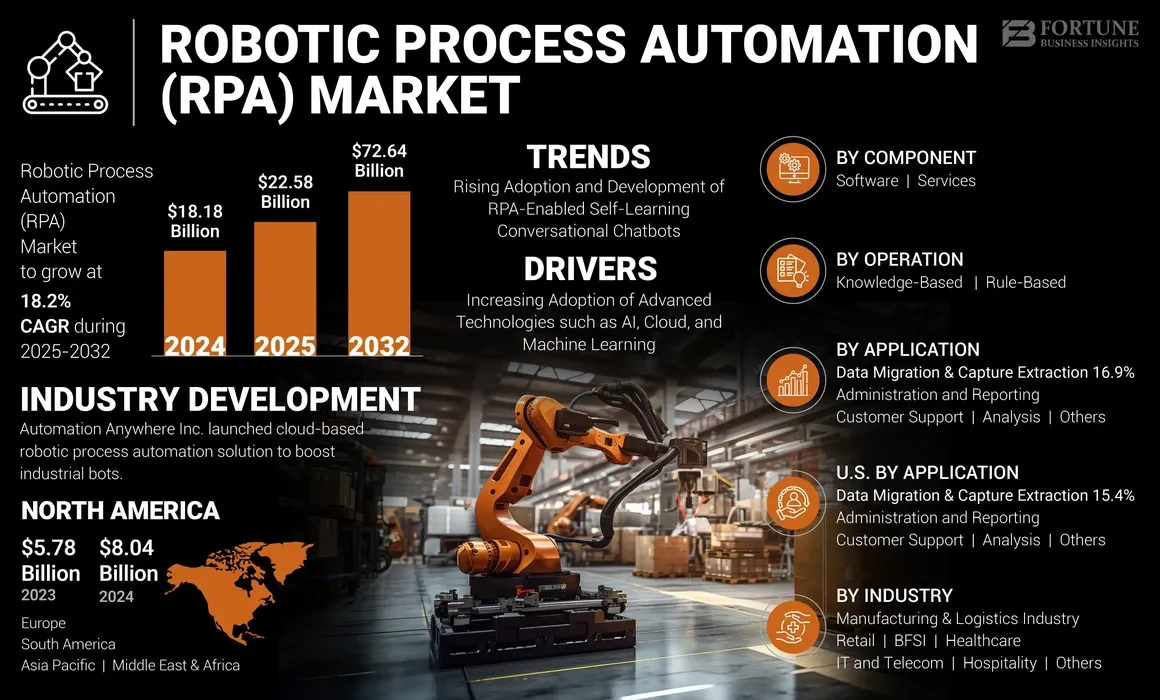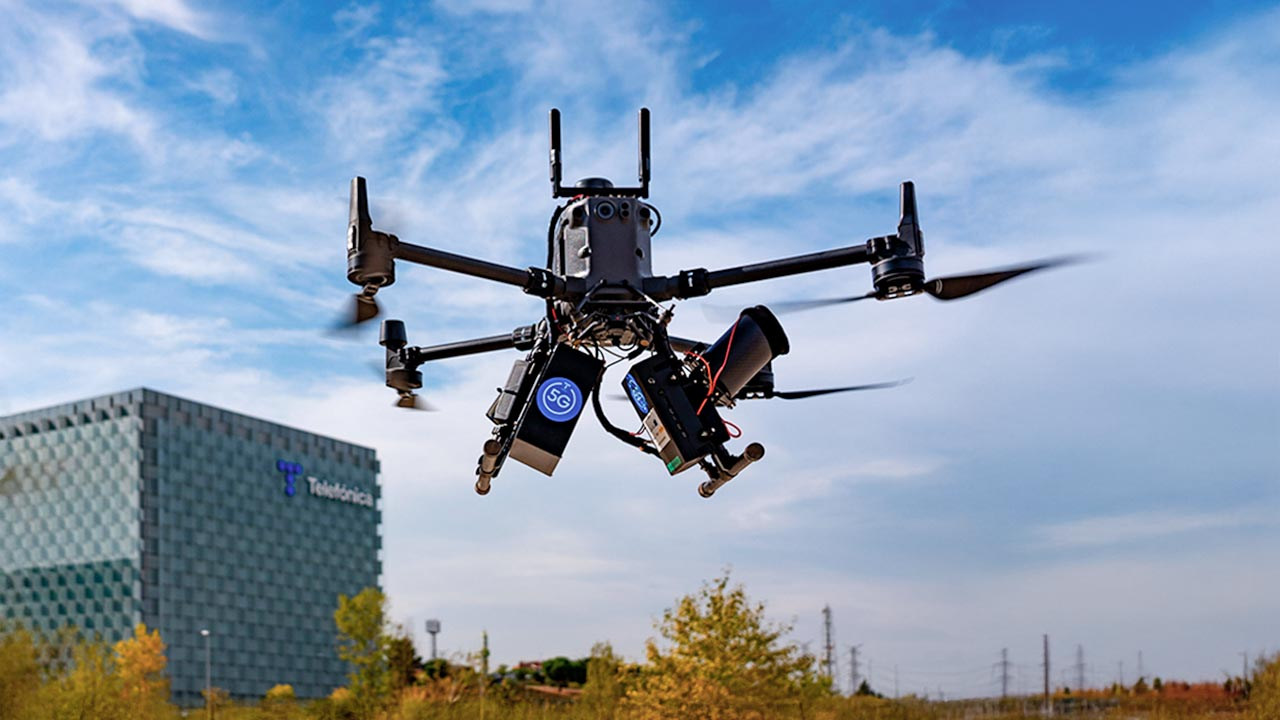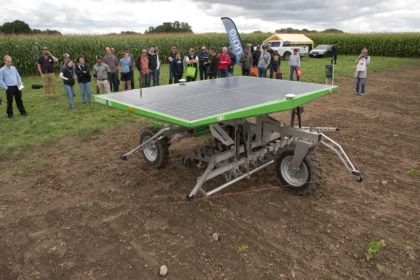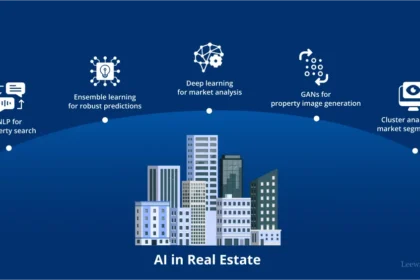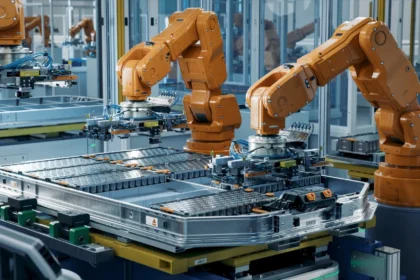Humanoid robotics just got a major vote of confidence: Figure raised over $1 billion in its latest Series C funding round, giving it a post-money valuation of about US$39 billion. The money will go toward scaling their AI platform, expanding manufacturing, and stepping up data collection. Meanwhile, U.S. manufacturers are not waiting; factories are accelerating adoption of robotics, AI, cobots, and hybrid automation models to cope with labor shortages, supply chain stress, and competitive pressure.
What Figure’s Valuation Tells Us
Figure isn’t the only robotics startup making headlines, but its valuation jump is remarkable up from around $2.6B a year ago. The company’s goals are ambitious: build humanoid robots that can reliably work alongside humans in both commercial and household settings, and improve its hardware and software stack With investors like NVIDIA, Intel Capital, Qualcomm, and others betting heavily, there’s clear confidence that robotics automation (especially humanoids) is entering a new phase.
U.S. Automation Trends: Not All Lights-Out, But A Surge in Smart Systems
Robotics orders in North America are growing. According to a report by A3 (Association for Advancing Automation), U.S. companies ordered 17,635 robots worth about US$1.094 billion in the first half of 2025 up from previous years. Automotive OEMs are leading, but sectors like life sciences, plastics, and electronics are showing strong growth too.
Rise of Cobots & Hybrid Factories
“Cobots” collaborative robots that work alongside human workers are no longer fringe. In Q2 alone, cobots were nearly 25% of robot units sold in North America. Many factories aren’t going “dark” (fully automated without human presence), but they are increasingly adopting hybrid models. Think vision systems, predictive maintenance, AI agents, and cobots handling repetitive tasks so humans can focus on oversight or complex work.
Challenges: Cost, Integration & Trust
Even with strong momentum, there are significant hurdles. Building humanoids is expensive, fragile, and often slower to scale. Retrofitting older factories for automation is costly and disruptive. Then there’s trust: human-robot interaction safety, reliability in unstructured tasks, and maintenance when robots fail. Many U.S. manufacturers prefer gradual, incremental automation rather than wholesale change.
What To Watch Next
- How Figure and similar humanoid robotics companies manage scale both manufacturing & real world deployment.
- Rate of adoption of cobots in sectors beyond automotive especially small & medium manufacturers.
- Breakthroughs in robot hardware (sensors, actuators, power) that reduce cost or increase reliability.
- Regulatory or safety incidents that may slow adoption or generate backlash.
- How workforce training evolves; whether “robot-aware” jobs and skills programs expand in response.
Why It Matters
We’re entering a phase where robotics & automation aren’t just for cutting costs but for staying in business. Labor shortages, unpredictable supply chains, inflation, and rising customer demands (faster delivery, better quality) are pushing companies to automate smartly. Also, AI is making robots more helpful not just as mechanical tools but “thinking” assistants that can adapt. If robotics crosses certain thresholds of reliability and affordability, it may reshape large parts of manufacturing, logistics, even service sectors. The question isn’t if, but how fast, and whether markets & policies keep up.
My Take
Figure’s massive funding round is a milestone, but the real story is what’s happening on the factory floor. The rise of cobots, hybrid automation, and AI-driven robotics tools shows that automation is no longer a novelty it’s becoming core infrastructure. I believe we’ll look back at 2025 as the year robotics moved solidly from lab demos and tech demos into real industrial transformation. Still, the promise will only be met by companies that balance ambition with reliability, and by policymakers who support certainty in safety, regulation, and workforce readiness. If done right, the robotics boom could finally bring resilience and flexibility to industries long overdue for digital renewal.



